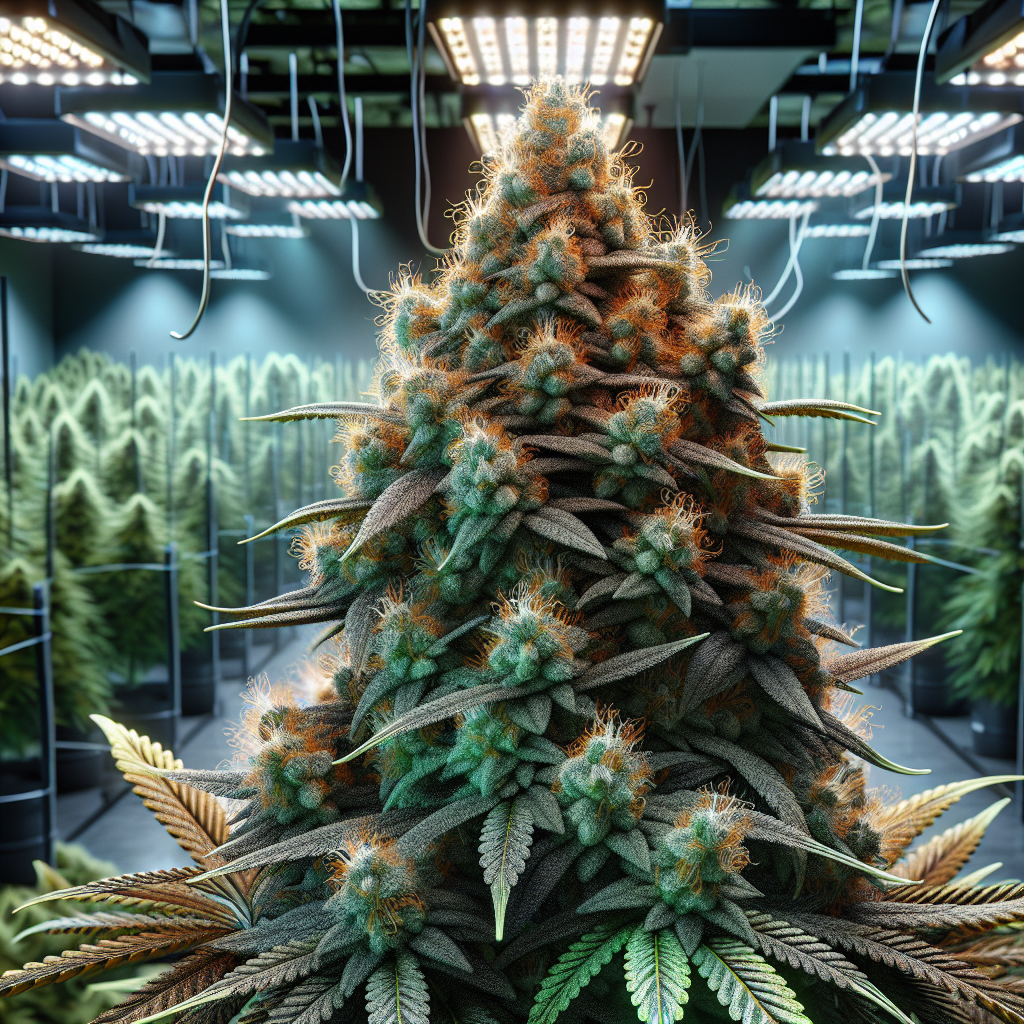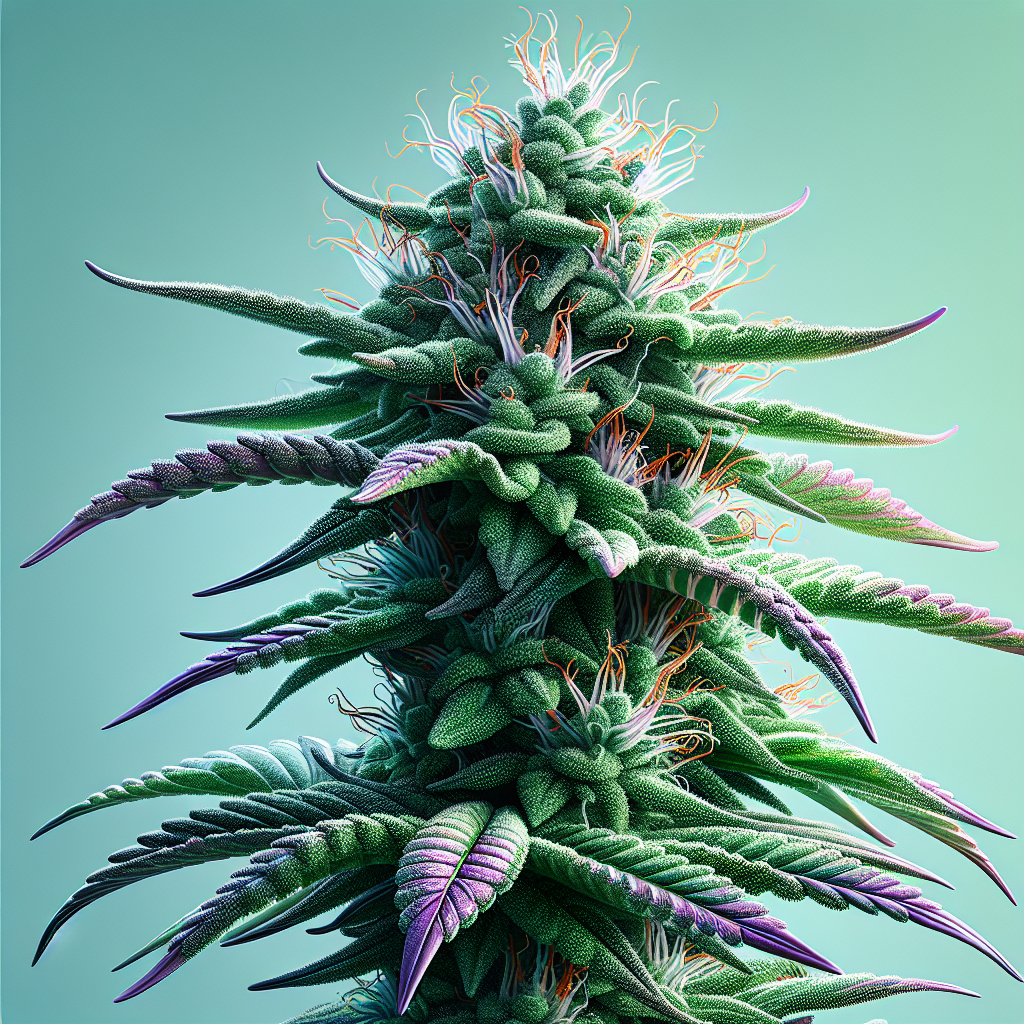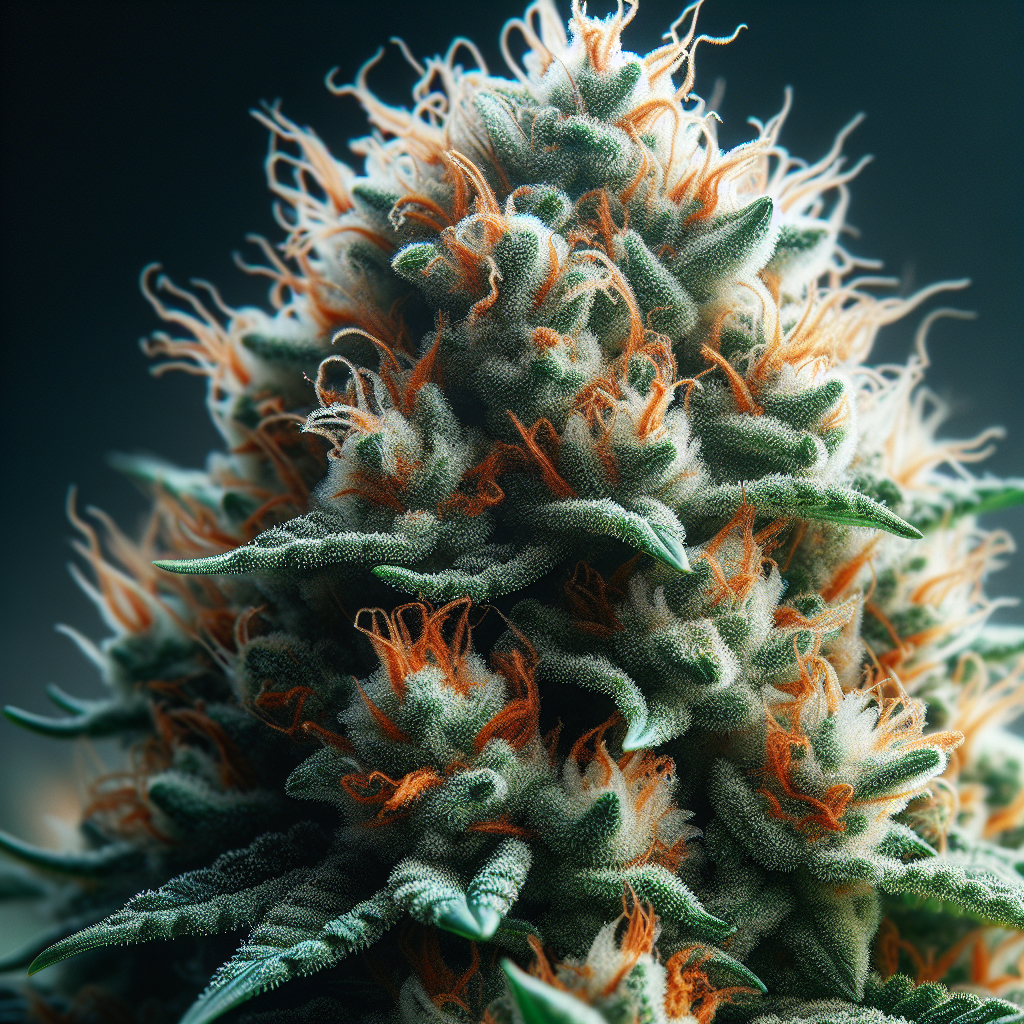Green & Clean: Essential Tips for Growing Organic Cannabis
Cannabis cultivation has seen a significant transformation in recent years, especially as more people become conscious of the benefits of organic gardening. Growing organic cannabis not only supports environmental sustainability but also enhances the quality and flavor of the final product. For both novice and experienced growers, understanding the essentials of organic cultivation can lead to healthier plants and a more bountiful harvest. In this article, we will explore essential tips for growing organic cannabis, emphasizing methods that promote health, sustainability, and a cleaner planet.
Understanding Organic Cultivation
Before diving into the nitty-gritty of growing organic cannabis, it’s crucial to understand what organic cultivation entails. Organic gardening is a holistic approach that emphasizes natural processes over synthetic chemicals. This means avoiding the use of artificial fertilizers, pesticides, and herbicides while fostering a rich ecosystem that promotes plant health.
1. Choosing the Right Seeds
The foundation of any successful grow begins with the selection of quality seeds. Opt for organic seeds from reputable breeders who practice sustainable cultivation methods. Look for varieties that are well-suited to your local climate and growing conditions. Some popular organic strains include:
- Blue Dream: Known for its balanced effects and sweet berry-like flavor.
- Sour Diesel: A sativa-dominant strain favored for its uplifting effects and pungent aroma.
- Northern Lights: A classic indicas strain with relaxing effects and earthy undertones.
Research your chosen strain to ensure it aligns with your goals—whether you seek recreational enjoyment or medicinal benefits.
2. Preparing Your Grow Environment
Creating the ideal environment for organic cannabis growth is key to health and productivity. Whether you choose to cultivate indoors or outdoors, consider the following factors:
Indoor Growing
- Lighting: Use energy-efficient LED grow lights that mimic natural sunlight. They emit less heat and consume less energy, making them ideal for organic cultivation.
- Air Circulation: Proper ventilation is crucial for airflow and temperature regulation. Use fans to ensure your plants receive adequate CO2 and to manage humidity.
- Temperature and Humidity: Most cannabis plants thrive in temperatures between 70-85°F (20-30°C) during the day and slightly cooler at night. Humidity levels should be maintained between 40-60%.
Outdoor Growing
- Soil Quality: Invest in rich, organic soil that is well-draining and nutrient-dense. Consider mixing in compost, worm castings, and other organic matter to enhance soil health.
- Sunlight: Cannabis plants require at least six hours of direct sunlight daily. Choose a location that receives ample sunlight while also providing some wind protection.
3. Building Healthy Soil
Soil is the lifeblood of your cannabis plants. In organic cultivation, healthy soil leads to healthier plants. Here are tips for building nutrient-rich soil:
- Compost: Create your own compost from kitchen scraps, yard debris, and organic materials. Compost enriches the soil with vital nutrients and beneficial microorganisms.
- Mulching: Apply a layer of organic mulch around the base of your plants. This retains moisture, suppresses weeds, and adds nutrients to the soil as it decomposes.
- Beneficial Microbes: Introduce beneficial fungi and bacteria into your soil using mycorrhizal fungi and microbial inoculants. These organisms enhance nutrient uptake and promote overall plant health.
4. Organic Nutrients
In conventional agriculture, chemical fertilizers are often used to boost plant growth quickly, but these can harm the soil and surrounding ecosystems. Instead, organic growers rely on natural sources of nutrients. Some key organic options include:
- Fish Emulsion: This natural fertilizer is rich in nitrogen, making it excellent for vegetative growth.
- Bone Meal: High in phosphorous, bone meal promotes root development and flowering.
- Kelp Meal: Packed with micronutrients, kelp meal improves plant vigor and increases resistance to stress.
It’s essential to conduct soil tests to determine your soil’s existing nutrient levels, allowing you to tailor your fertilization schedule accordingly.
5. Natural Pest and Disease Management
One of the most significant concerns for cannabis growers is the risk of pests and diseases. Fortunately, there are effective organic methods to manage these challenges:
- Companion Planting: Utilize companion plants like marigolds, basil, or garlic that naturally deter pests. Some plants can also attract beneficial insects that prey on harmful pests.
- Neem Oil: Derived from the seeds of the neem tree, neem oil is an effective organic pesticide that disrupts the life cycle of pests without harming beneficial insects.
- Diatomaceous Earth: This natural powder can help control soft-bodied insects like aphids and spider mites. Dust it on the leaves or soil to deter infestations.
6. Watering Wisely
Watering is a critical component of cannabis cultivation. Overwatering can lead to root rot, while underwatering can stress your plants. Here are some watering tips for organic cannabis:
- Consistency: Aim for consistent watering habits based on the plant’s needs and the growing medium. Check the moisture level by sticking your finger into the soil; if it’s dry about an inch down, it’s time to water.
- Water Quality: Use filtered or rainwater when possible, as tap water may contain chemicals that could negatively impact plant health. If using tap water, let it sit out for 24 hours to allow chlorine to dissipate.
- Use of Mulch: As previously mentioned, a layer of organic mulch can help retain moisture in the soil, reducing the frequency of watering.
7. Pruning and Training Techniques
Pruning and training are essential practices that enhance growth and yields in organic cannabis cultivation. Here are techniques to consider:
- Lollipopping: This technique involves removing lower foliage and small branches that won’t receive adequate light, directing energy toward the top buds.
- Topping: Cutting off the top of a main stem encourages the plant to develop multiple colas, resulting in a bushier plant with higher yields.
- Low-Stress Training (LST): Gently bending and tying down branches can increase light exposure to lower buds, promoting more even growth and maximizing yields.
8. Harvesting Organically
Timing your harvest is crucial for achieving the desired potency and flavor. Check the trichomes (tiny resin glands) on the buds:
- Clear Trichomes: Indicate that the plant is still maturing.
- Cloudy/Milky Trichomes: This is the ideal stage for harvest, as the THC levels are at their peak.
- Amber Trichomes: Indicate overripe buds that may result in a more sedative effect.
When it’s time to harvest, use clean, sharp scissors to cut branches and hang them upside down in a well-ventilated area. The drying process can take about a week; ensure the buds are not exposed to direct sunlight, which can degrade cannabinoids.
9. Curing for Flavor and Potency
Curing your harvested cannabis is a crucial step that develops the flavor and aroma profiles while enhancing potency. After drying, follow these steps:
- Place the buds in glass jars, filling them about 75% full.
- Store them in a cool, dark place. Open the jars once a day for about 15 minutes to release moisture and allow fresh air to circulate.
- Continue this process for at least two weeks; longer curing (up to several months) can improve flavor and smoothness.
Conclusion
Growing organic cannabis presents a rewarding opportunity to cultivate high-quality plants that benefit both you and the environment. By following these tips, you’ll create a sustainable growing practice that delivers flavorful, potent buds while promoting health and wellness. Make the most of your cannabis cultivation journey, and remember that the process can be as enjoyable as the final product.
FAQ Roundup
1. What are the benefits of growing organic cannabis?
Growing organic cannabis yields cleaner, tastier buds free from synthetic chemicals, contributing to better health for consumers and a healthier environment.
2. Can I grow cannabis indoors organically?
Yes! Many indoor growers successfully cultivate organic cannabis using LED lights, organic soil, and natural nutrients.
3. How do I know when to harvest my cannabis?
Check the trichomes on your buds. Harvest when at least 70% of them appear cloudy and milky for optimal potency.
4. Is it necessary to use organic pesticides?
While not strictly necessary, organic pesticides are preferred to maintain healthy ecosystems and avoid harmful residues on your plants.
5. What should I do if I encounter pests?
Utilize natural pest management strategies like companion planting, neem oil, or diatomaceous earth to help keep your plants healthy without synthetic chemicals.
6. Can I grow cannabis outside in an organic manner?
Absolutely! Many outdoor cultivators successfully grow organic cannabis by focusing on soil health, natural light, and organic pest management.
7. How long does it take to grow cannabis organically?
The growth cycle varies depending on the strain and growing conditions but generally spans around 3-5 months from seed to harvest.
8. How can I improve the yield of my organic cannabis plants?
Utilizing proper pruning and training techniques, maintaining healthy soil, and ensuring adequate light and nutrient availability can all help boost your yield significantly.
Growing organic cannabis is not only a labor of love but also a step towards sustainable gardening practices. With patience, dedication, and the right techniques, you can enjoy a thriving organic garden that brings joy, relaxation, and wellness into your life!





